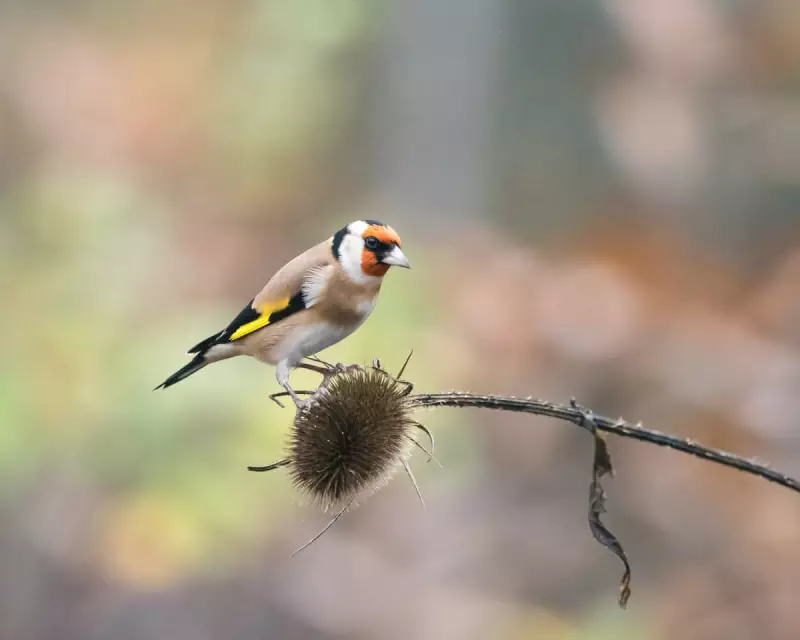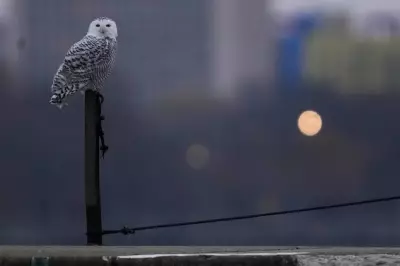
The relentless glow of city lights is forcing urban birds to stay awake for an astonishing 200 extra hours each year, a groundbreaking new study has revealed. The research, which sheds stark light on the hidden impact of artificial light on wildlife, shows our feathered neighbours are living in a state of near-constant sleep deprivation.
An Avian Epidemic of Sleeplessness
Scientists have discovered that birds in brightly lit urban areas are active for significantly longer periods than their countryside cousins. This round-the-clock illumination effectively creates an eternal, artificial daytime, disrupting their natural circadian rhythms and robbing them of essential rest.
The Hidden Toll on Health and Behaviour
This chronic sleep loss is far from a minor inconvenience. Researchers warn it has profound consequences:
- Compromised immune systems, making birds more susceptible to disease
- Altered foraging patterns, impacting their nutrition and energy levels
- Disrupted breeding cycles, potentially affecting population numbers
- Increased stress levels, leading to long-term health deterioration
A Call for 'Darkness Curfews'
The study's authors are urging urban planners and local councils to implement practical solutions to mitigate this growing problem. Key recommendations include:
- Installing motion-activated or timed lighting in parks and green spaces
- Using warmer, less intrusive LED colour temperatures
- Creating designated 'dark corridors' for wildlife movement
- Implementing stricter regulations on commercial and architectural lighting
This research serves as a crucial reminder that our urban footprint extends far beyond concrete and infrastructure. The light we shed has become an invisible environmental pollutant with tangible consequences for the wildlife we share our cities with.





